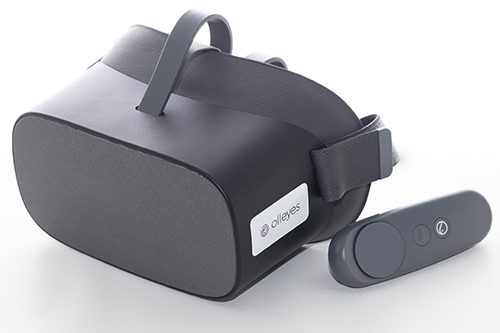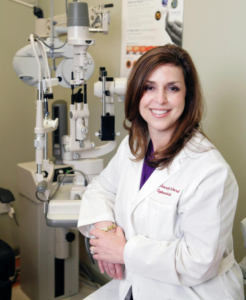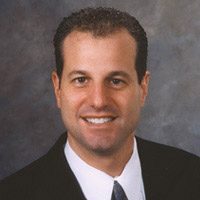Jacksonville, Florida, January 5, 2022 – Advancing Eyecare, North America’s leading provider of ophthalmic instruments and portfolio company of Atlantic Street Capital (ASC), announced today the acquisition of Santinelli International, a respected leader and award-winning provider of optical finishing equipment.
Advancing Eyecare is currently comprised of Lombart Instrument, Marco Ophthalmic, INNOVA Medical, S4Optik, Santinelli International and other leading brands. Founded in 1973, Santinelli International is the leading provider of lens edging equipment in the United States. The combined scope of Advancing Eyecare offers the broadest product portfolio, the most knowledgeable people, and the most reliable service in the industry.
Brad Staley, Chief Executive Officer of Advancing Eyecare, said, “As we continually anticipate ways to help ophthalmic practices thrive, the addition of Santinelli International is a natural fit. Santinelli International is a respected leader and well-recognized provider of optical finishing equipment in the U.S. In fact, they have won 13 consecutive Vision Monday EyeVote Readers’ Choice awards as favorites in the in‐office lab equipment, finishing equipment, and overall optical equipment categories. Santinelli International’s strong reputation for top-quality products and their commitment to after-sale service and customer satisfaction have contributed to their dominant market share in this space. We recognize the expertise this brings to Advancing Eyecare, and it introduces a new line of prestigious products and services to be made available to our customers.”
Gerard Santinelli, CEO of Santinelli International, commented, “This represents a tremendous opportunity for our customers, our valuable employees, and the Santinelli International brand. It is a testament to our proud heritage as we join this group of best-in-class solutions providers. Santinelli International has served the market for nearly 50 years and is a cultural and professional fit to Advancing Eyecare. We are thrilled to add our edgers, blockers, tracers, consumables and accessories to the Advancing Eyecare portfolio of products.”
Visit www.advancingeyecare.com for more information.
About Advancing Eyecare
Advancing Eyecare™ is the leading provider in the eyecare instrumentation marketplace established to offer the best products and service solutions in the ophthalmic equipment industry. Currently comprised of Lombart Instrument, Marco Ophthalmic, INNOVA Medical, S4Optik, Santinelli International, and other leading brands, the combined scope of the organization has the broadest product portfolio, the most knowledgeable people, and the most reliable service in the industry.
About Santinelli International
Founded in 1973, Santinelli International is a leading distributor of optical finishing equipment in the United States. The company also provides thousands of supplies to eyecare practitioners through Sios Optical, their optical supply and accessories division. Santinelli International is headquartered in Hauppauge, New York. For more information, go to www.santinelli.com and www.siosoptical.com.
About Atlantic Street Capital
ASC is a private equity firm that invests in lower middle market companies poised for the next level of growth. The firm targets entrepreneurial management partners and fundamentally sound companies between $4 million and $25 million of EBITDA that will benefit from capital investment and ASC’s value-added strategic and operational support. As a result, ASC works closely with management to unlock their business’ underlying value and help them succeed. For more information www.atlanticstreetcapital.com.
###
Media Contact:
Chris Tofalli
Chris Tofalli Public Relations, LLC
914-834-4334
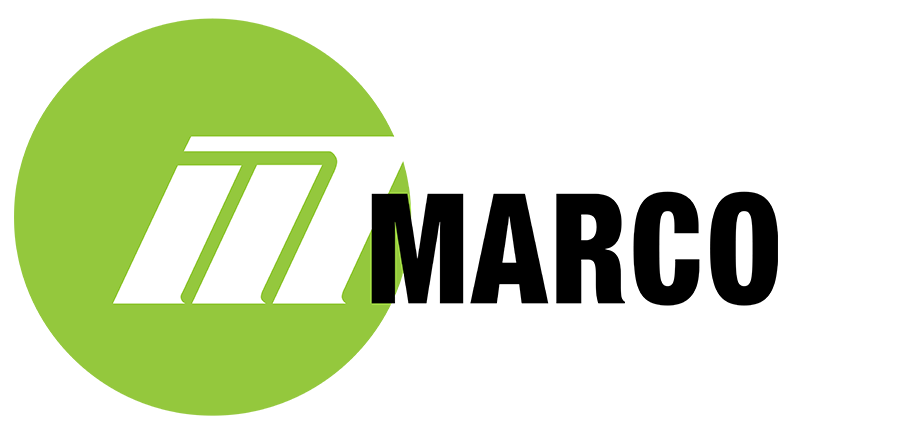

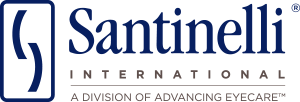
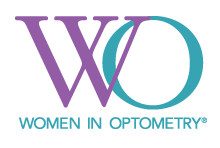

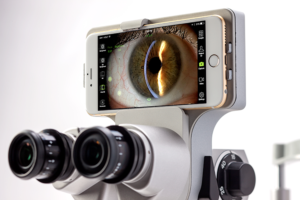 Best of all, she can conduct her exam with just as much personal attention – but at a great distance with the TRS and iON. “I’m able to sit further away than I could during earlier slit lamp examinations. Plus, it’s great for patient education,” she says. She can share the images with the patient and explain what she’s looking at, whether that’s blepharitis, dry eye, nevi or lid lesions. “It’s so much easier for the patient to understand what we can see when they look at the image. It helps show the value of what we do, especially when we can use the first day’s measures as a baseline and then show them the effectiveness of the treatment.”
Best of all, she can conduct her exam with just as much personal attention – but at a great distance with the TRS and iON. “I’m able to sit further away than I could during earlier slit lamp examinations. Plus, it’s great for patient education,” she says. She can share the images with the patient and explain what she’s looking at, whether that’s blepharitis, dry eye, nevi or lid lesions. “It’s so much easier for the patient to understand what we can see when they look at the image. It helps show the value of what we do, especially when we can use the first day’s measures as a baseline and then show them the effectiveness of the treatment.”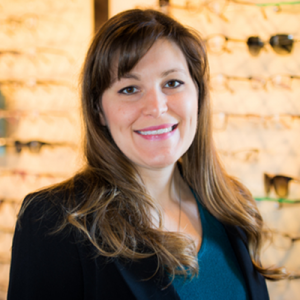
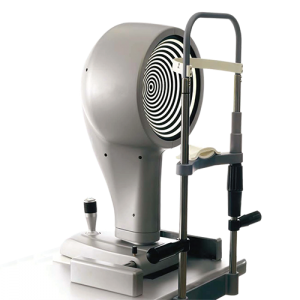


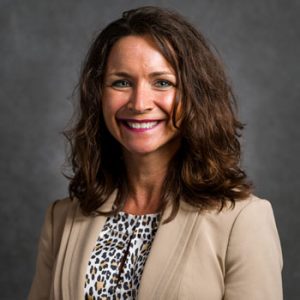
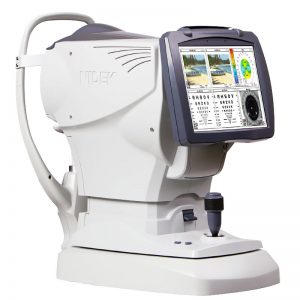 Adding the
Adding the 